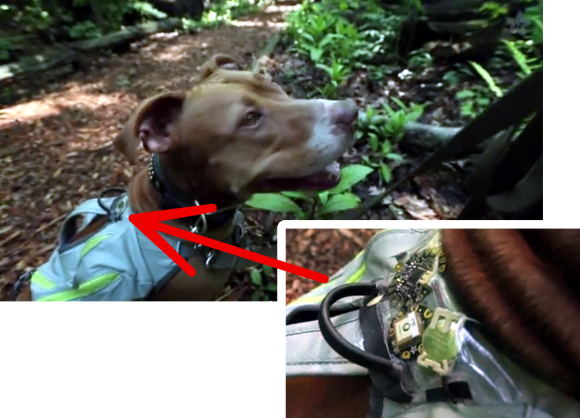Redeem Your Irresponsible 90s Self
If you were a youth in the 90s, odds are good that you were a part of the virtual pet fad and had your very own beeping Tamagotchi to take care of, much to the chagrin of your parents. Without the appropriate amout of attention each day, the pets could become sick or die, and the only way to prevent this was to sneak the toy into class and hope it didn’t make too much noise. A more responsible solution to this problem would have been to build something to take care of your virtual pet for you.
An art installation in Moscow is using an Arduino to take care of five Tamagotchis simultaneously in a virtal farm of sorts. The system is directly wired to all five toys to simulate button presses, and behaves ideally to make sure all the digital animals are properly cared for. Although no source code is provided, it seems to have some sort of machine learning capability in order to best care for all five pets at the same time. The system also prints out the statuses on a thermal printer, so you can check up on the history of all of the animals.
The popularity of these toys leads to a lot of in-depth investigation of what really goes on inside them, and a lot of other modifications to the original units and to the software. You can get a complete ROM dump of one, build a giant one, or even take care of an infinite number of them. Who would have thought a passing fad would have so much hackability?








